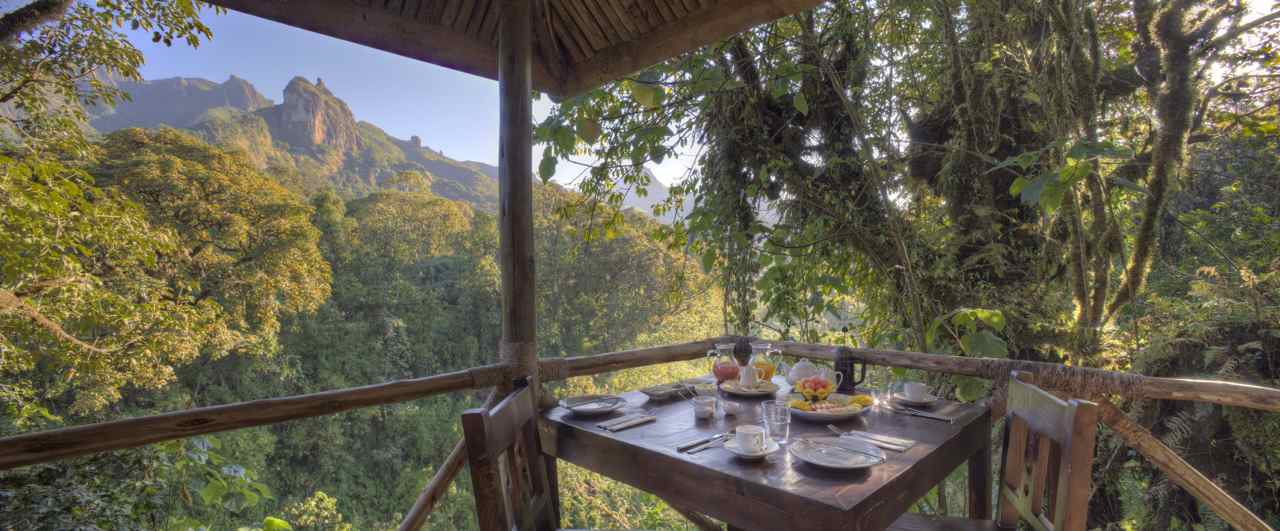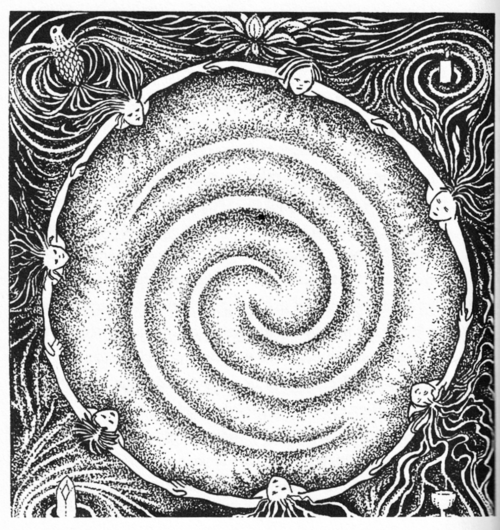The World’s most magical forest – and what we can learn from it
I’ve loved forests all my life, and have been in many fine ones on five continents. My vote for most magical is the forests of Bale Mountains National Park, in south-east Ethiopia. Why so special? Beautiful, vibrant, atmospheric, with life of all kinds, and very rare: many unique species, and there are few other habitats … Read more



